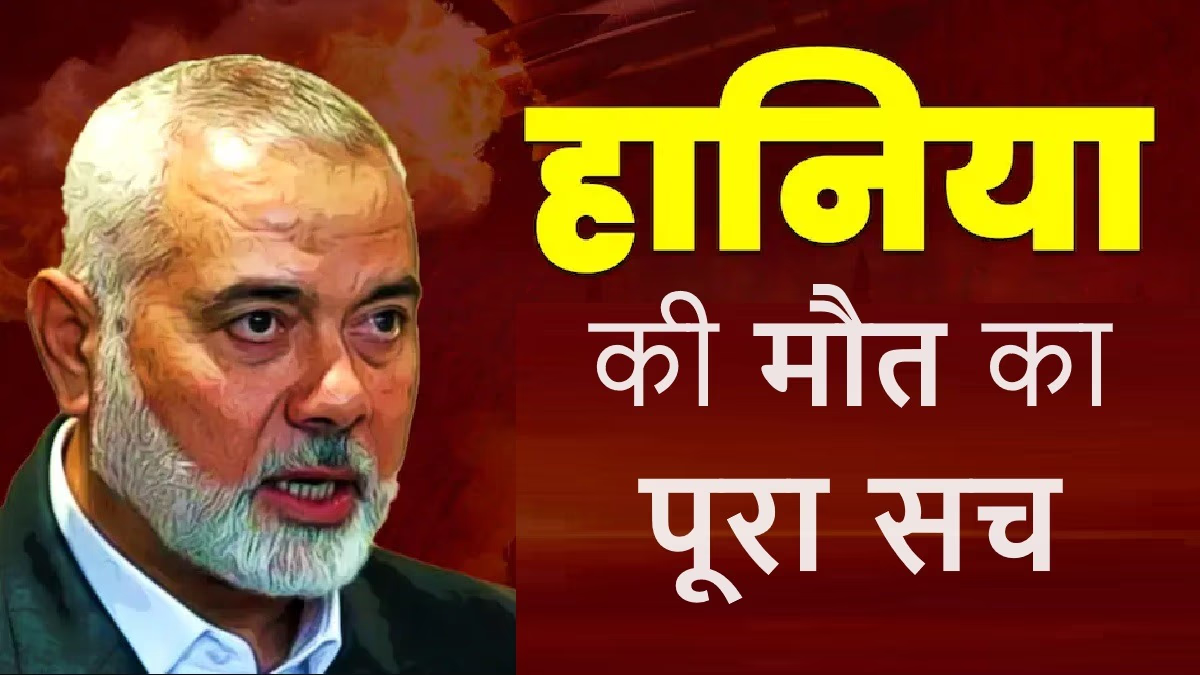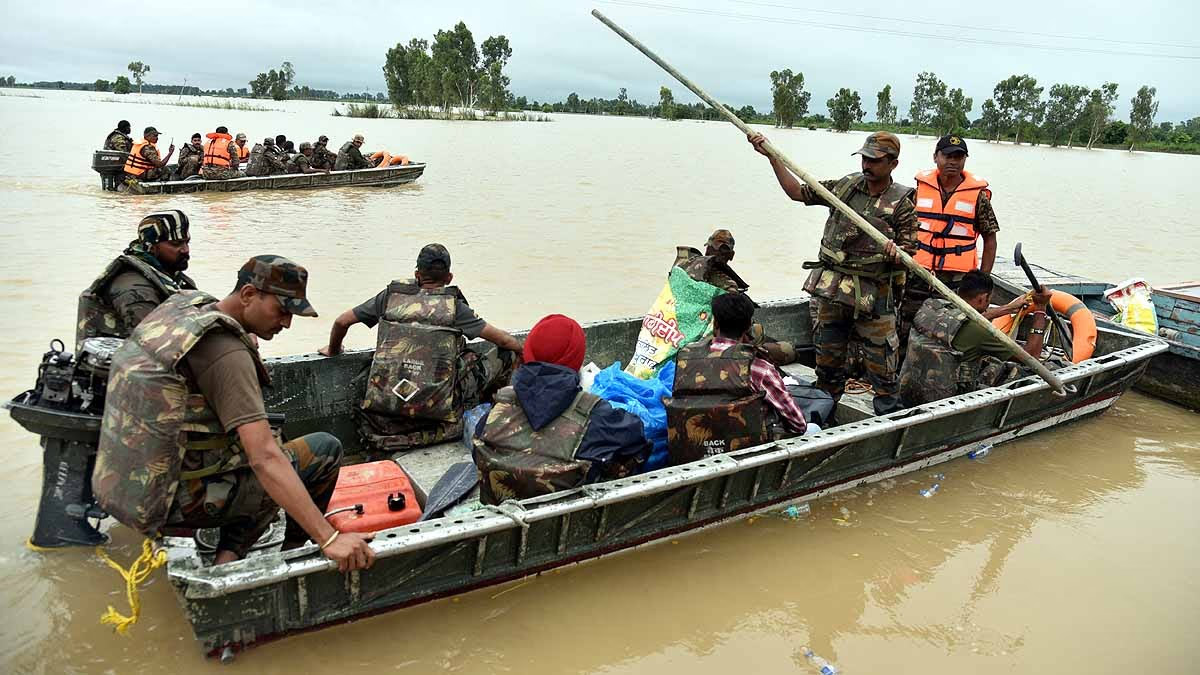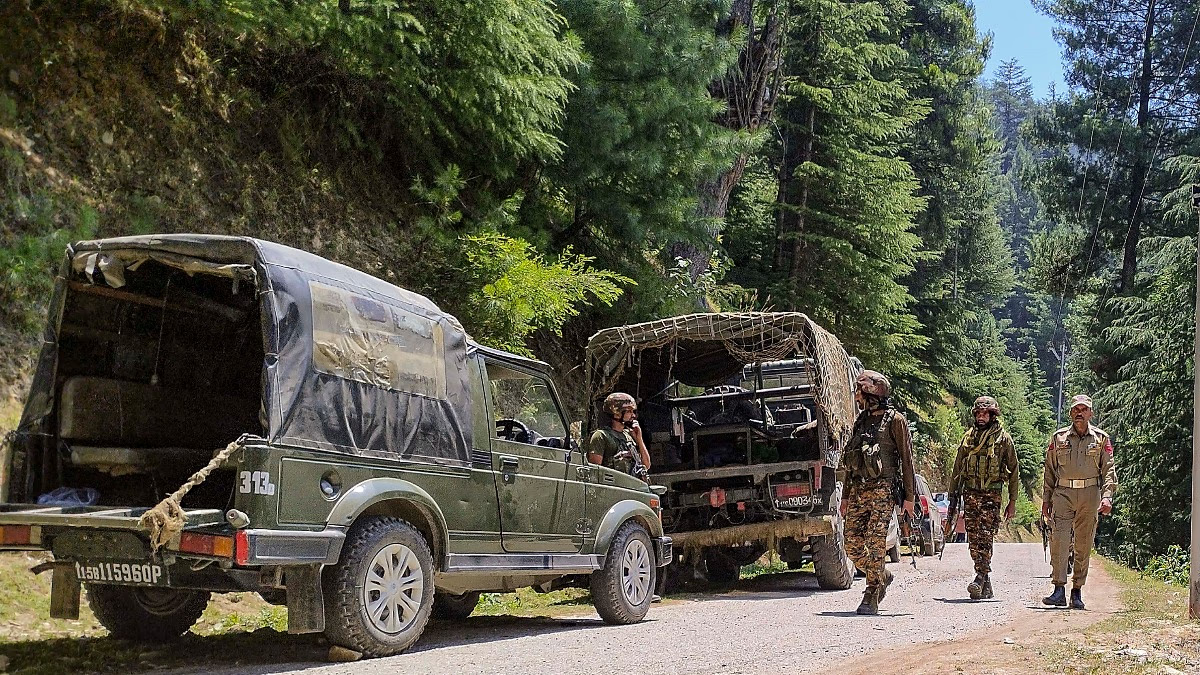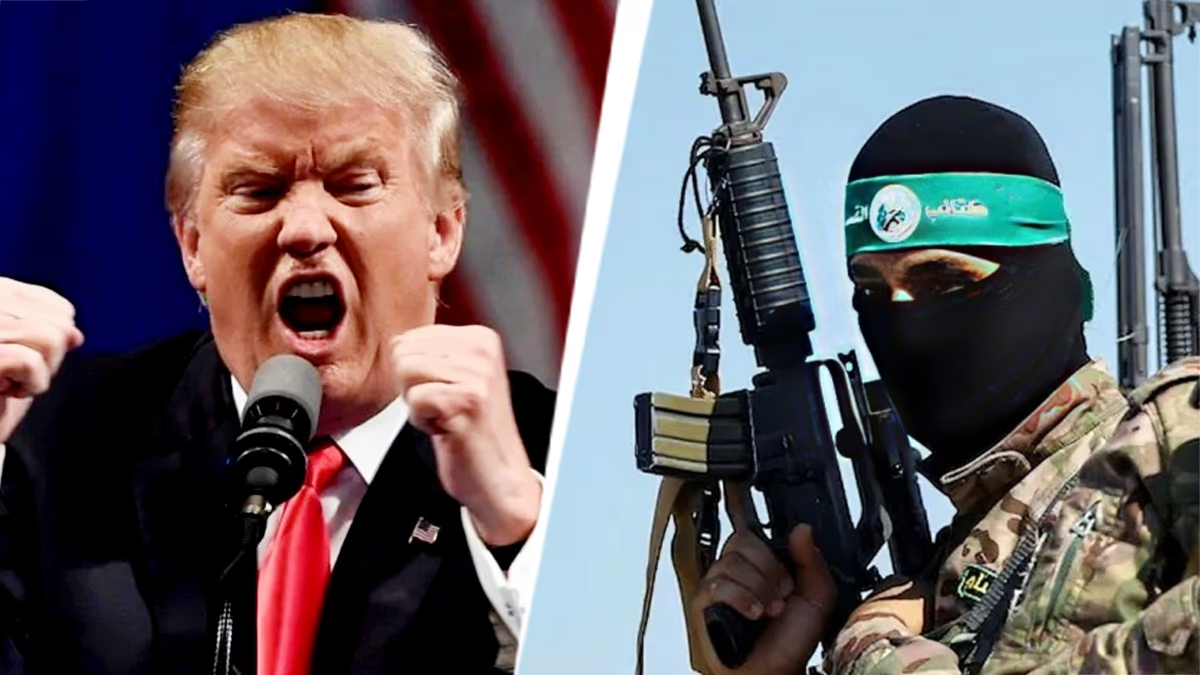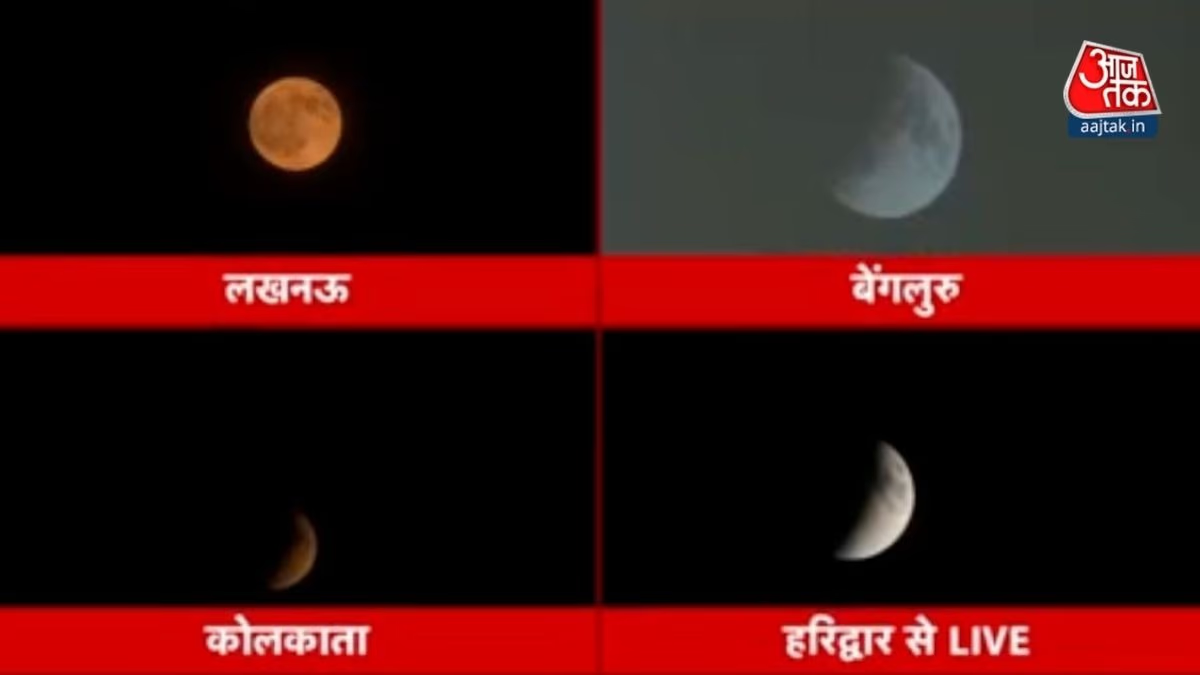The Inside Story of Hamas Chief Ismail Haniyeh's Death:
It was May 20, 2024. On that day, a helicopter crash in the mountainous region of East Azerbaijan claimed the lives of a total of eight people, including Iranian President Ebrahim Raisi and the Iranian Foreign Minister. A month before this accident, in April, Iran attacked Israel with a drone. This raises the question: was the Iranian president's helicopter crash the result of bad weather, or was there a conspiracy behind the incident? This question has remained unanswered for the past two months. However, during these two months, another conspiracy was quietly being hatched—the plot to assassinate Hamas' political chief, Ismail Haniyeh.
The Shocking Truth About Haniya’s Death
On July 31, Hamas' political chief Ismail Haniyeh was killed in a bomb explosion at a highly secure residence in North Tehran. Initial reports suggested his death was due to a missile strike, possibly launched from a drone or plane. But the startling truth that has now emerged is that Haniyeh’s death was actually caused by a bomb that had been pre-planted in the room where he was staying. Remarkably, this bomb had been placed there six to eight weeks beforehand, suggesting it was put in place after the fatal helicopter crash of Iranian President Ebrahim Raisi on May 20. Why did this happen?
The Full Revelation of the Plot to Kill Haniya
Let's reveal the full conspiracy behind Haniya's death. In the northern part of Iran's capital, Tehran, lies a very special place called Nishat. Nishat, meaning joyful or pleasant, contains a large compound considered one of the safest areas in Tehran. The security responsibility of this compound falls under the Islamic Revolutionary Guard, Iran’s elite force. Nestled within this compound are several guest houses.
Special Guest House in the Nishat Compound
It is said that secret meetings often occur within the confines of this Nishat compound. Special guests visiting Tehran are accommodated in various guest houses within this compound. The whole world knows about the close Israel-Hamas relationship, and it is also well-known that Iran has always supported Hamas against Israel. Ismail Haniyeh, the head of Hamas's political wing, frequently visited Tehran for discussions.
Haniyeh’s Critical and Final Mistake
The most important detail is that whenever Haniyeh visited Tehran, he always stayed in one specific room of a guest house within the highly secure Nishat compound. A man who changed his location several times a day outside Qatar made a critical mistake here. Or, perhaps, he felt overly secure due to the robust protection of the Islamic Revolutionary Guard. His adversaries exploited this sense of security.
Israel knew that Haniyeh frequently visited Tehran. Israel was also aware that Haniyeh's permanent residence had been in Doha, Qatar, for the past seven years. Mossad could have targeted Haniyeh in Qatar, but that would have complicated their peace talks involving the release of Israeli citizens held by Hamas and Qatar’s critical role in the negotiations. Mossad, therefore, preferred to target Haniyeh in a country with already strained relations with Israel.
Haniyeh's Secret Tehran Visits
As soon as Mossad discovered Haniyeh’s frequent secret visits to Tehran, it began plotting to eliminate him there. However, Haniyeh’s Tehran visits were so discreet that even Iranian media were unaware of his presence, making it difficult to determine when he would arrive and leave.
Mossad began gathering intelligence on Haniyeh's secret accommodations in Tehran, a process that took several years. Ultimately, Mossad located the Nishat compound, where Haniyeh stayed. They meticulously gathered information about the compound, its security, and the guest houses inside. It was only then that they learned which guest house and which room Haniyeh occupied during his Tehran visits.
With detailed information in hand, the next step was to ensure Haniyeh made a visible visit to Tehran. Fortunately, the event of Ebrahim Raisi's helicopter crash and subsequent presidential election provided an opportunity. The inauguration ceremony drew many international friends to Iran, including Haniyeh.
The plot to eliminate Haniyeh gained momentum. Knowing Haniyeh’s exact guest house and room, Mossad considered several attack strategies: a missile, a drone, or a plane strike. These options, however, risked collateral damage to other guests and would provoke accusations of airspace violations or war initiation.
Therefore, Mossad decided on an attack that would only target Haniyeh’s room. The question remained: how to plant a bomb in the securest location in Tehran without Mossad's direct involvement? Clearly, this required breaking the security perimeter, hinting at an insider's help. The logistics were complex but achievable with the right betrayal.
While the method of bomb placement remains undisclosed, it became evident that a remote-controlled bomb pre-planted almost two months earlier caused the explosion. Its detonation was activated by remote, but details on who and from where it was operated are still unclear.
Iranian security officials reported that at precisely 2 AM local time, the remote-triggered bomb detonated in Haniyeh’s room. The blast shattered a wall and several windows. Medical staff in the compound rushed to the scene but found Haniyeh dead and his bodyguard critically injured, who later succumbed to his injuries.
The explosive blast was determined to originate inside the room, debunking theories of an external missile or drone strike, which would have been improbable given Iran’s air defense systems.
The Impact on Iran’s Revolutionary Guard
Following the blast, top commanders of the Quds Force and Islamic Revolutionary Guard were immediately informed. Iran’s Supreme Leader Ayatollah Khomeini was briefed hours later. At 7 AM, an emergency meeting resulted in vows of retaliation against Israel.
Suspicions of Treachery
Despite initial reports suggesting a missile strike, subsequent investigations confirmed the presence of a pre-planted bomb, raising suspicions of espionage within the Revolutionary Guard or Quds Force. Investigations continue to uncover how such a secure site was compromised.
Echoes of Nuclear Scientist Murder
The incident mirrors the assassination of Iran’s top nuclear scientist, Mohsen Fakhrizadeh, in 2020 via remote-controlled robotic weaponry. Like Haniyeh’s death, Fakhrizadeh's assassination involved sophisticated planning and remote execution.
